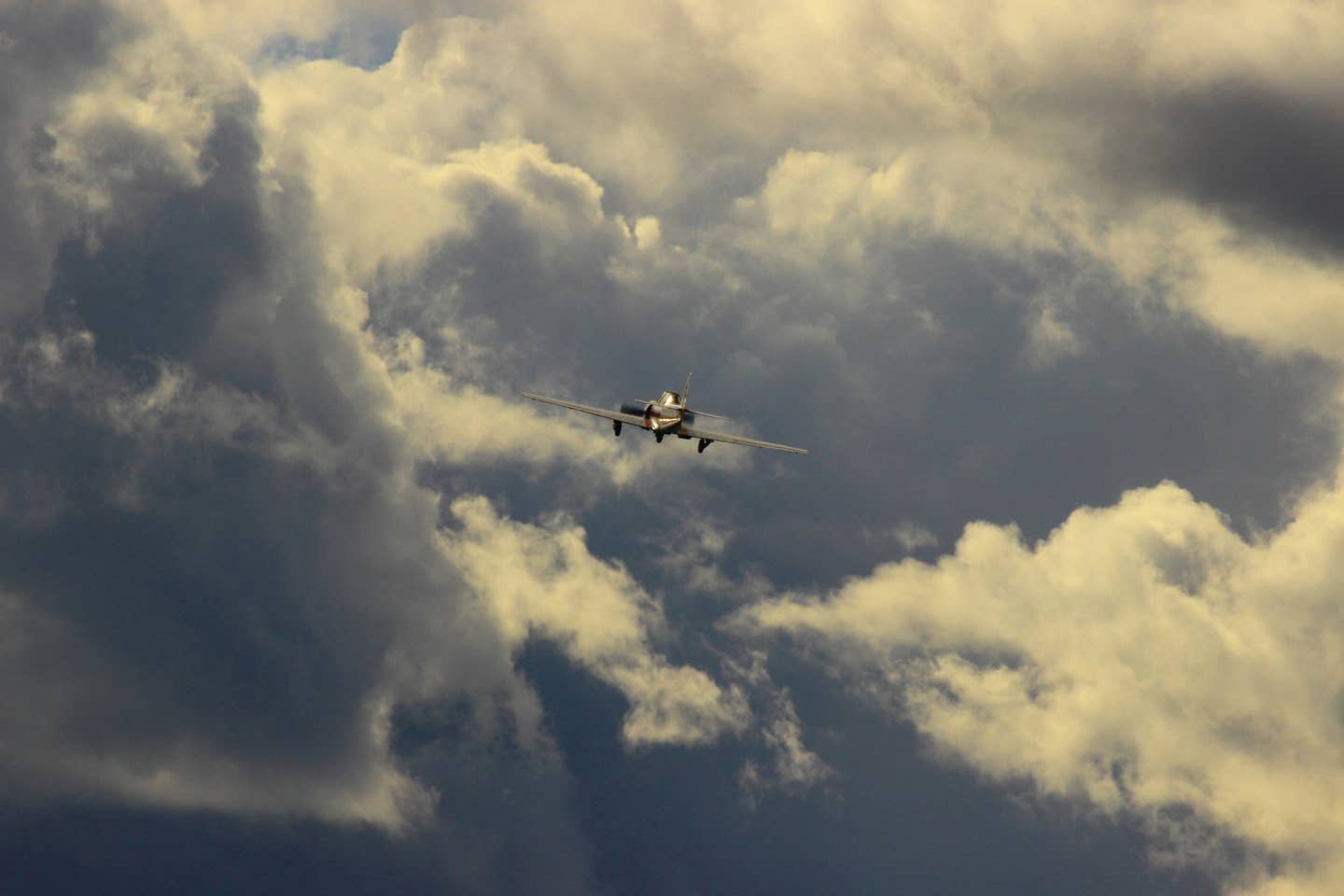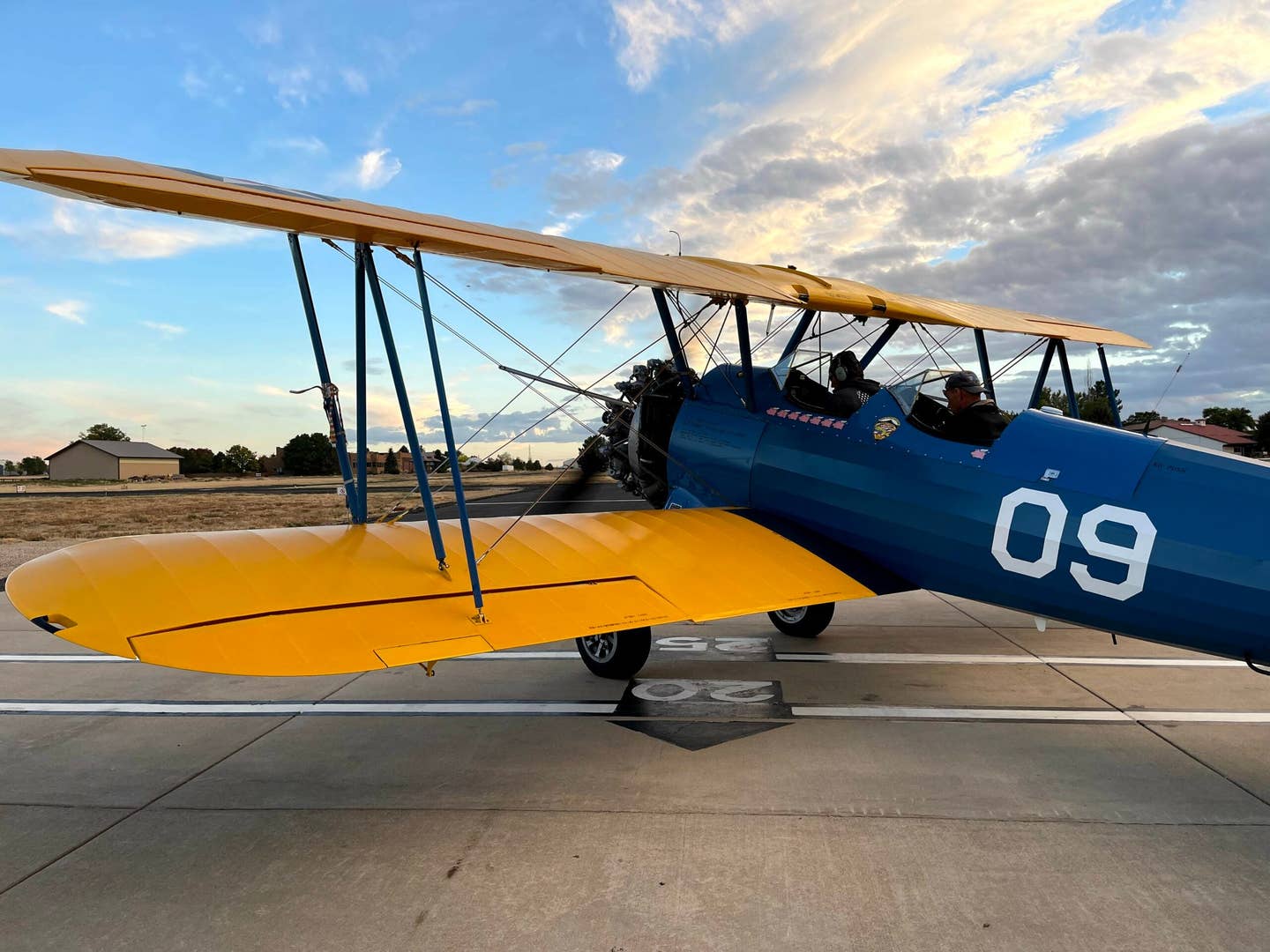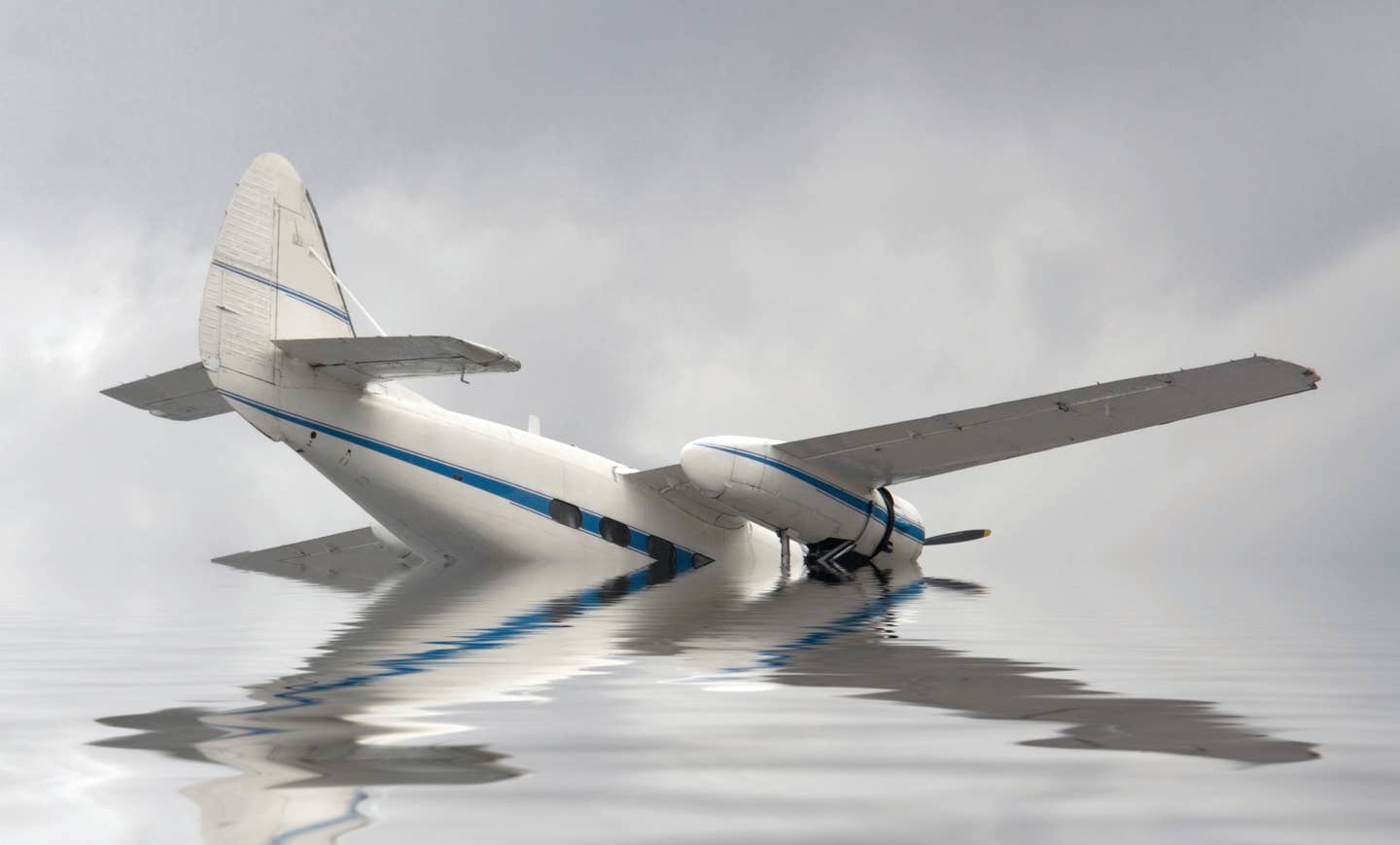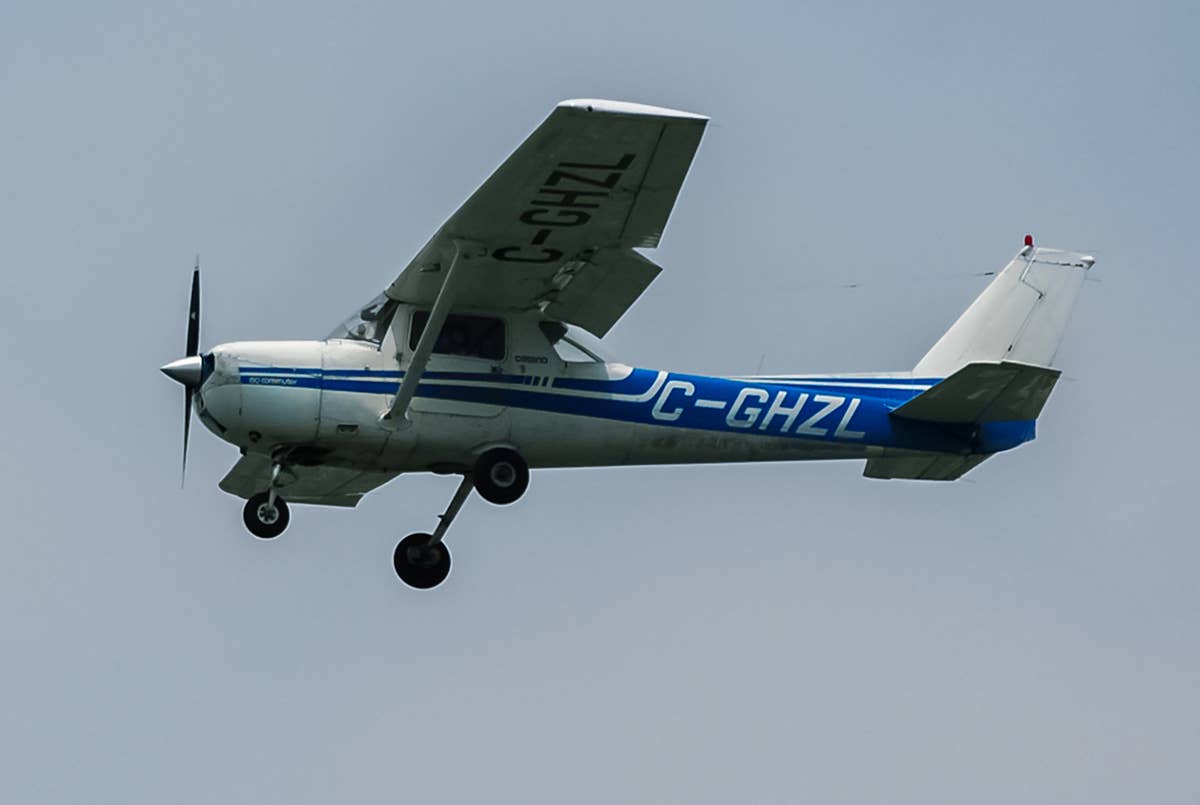11 Mistakes that Student Pilots Make
Mistakes are part of the learning process. Expect to make some as you learn to fly, or when you pursue additional certificates and/or ratings.
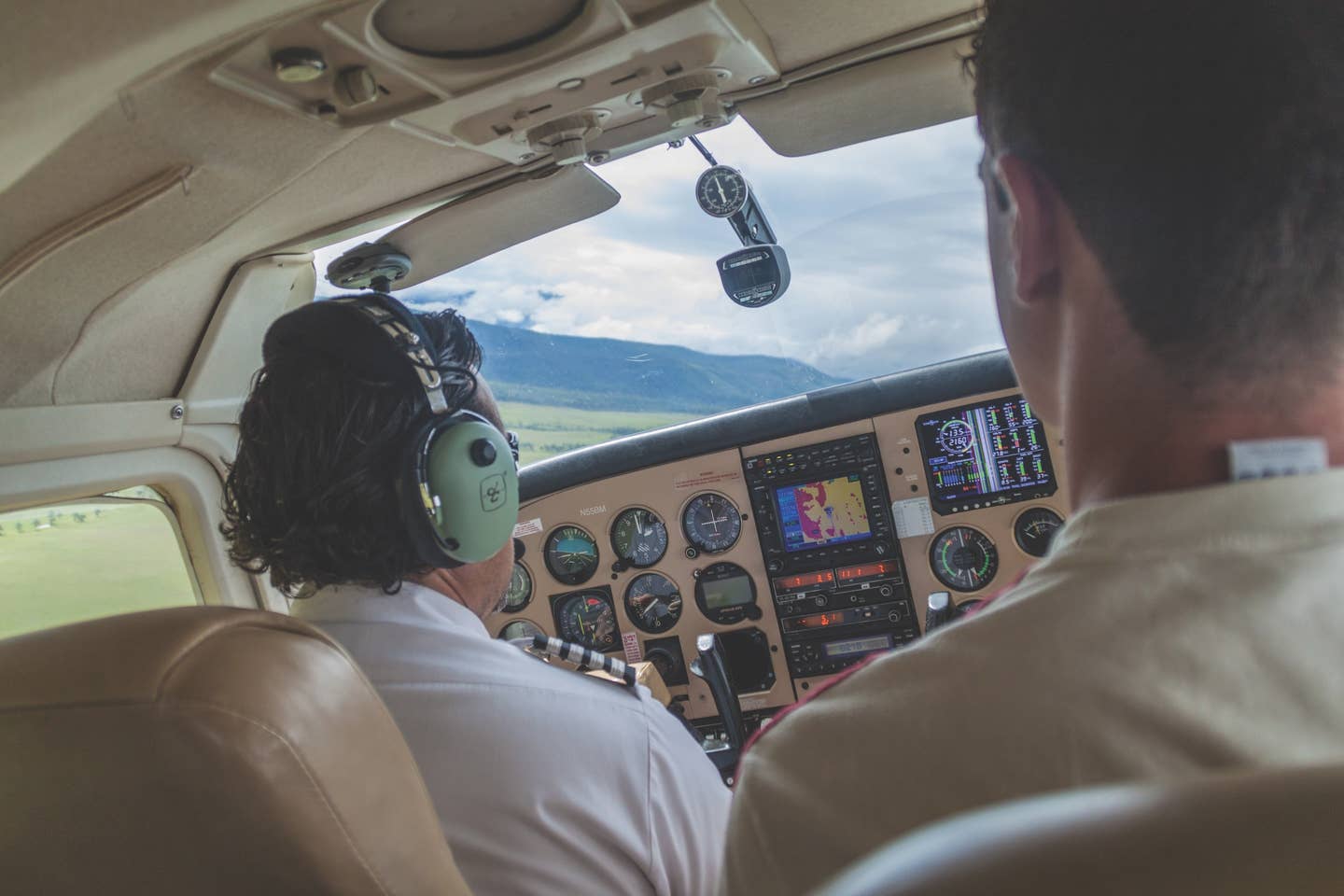
All pilots can learn from the pitfalls encountered by students. [iStock]
Mistakes are part of the learning process. Expect to make some as you learn to fly, or when you pursue additional certificates and/or ratings. Be careful where you get your information from—when you are beginning the journey, you don’t know what you don’t know. And sometimes myths and rumors abound from fellow learners. But we’re here to help: We’ve put together a list of some of the most common mistakes that fledgling pilots make.
1. Trying to steer with the yoke on the ground
With the exception of the two-axis Ercoupe, you steer an airplane on the ground with rudder pedals and differential braking. If you know how to drive, you may try to steer with the yoke on the ground, using it like a steering wheel. Break this habit by folding your arms on your chest and steering with your feet while the CFI controls the power.
2. Not using the checklist
There are pilot wanna-bes who do not embrace the checklist, or think of it as ‘busy work'—that is what a would-be learner called it when I handed it to him before his first lesson. He tossed it back and scolded me for ‘not knowing my job’ because I ‘had to use a checklist.’ I let him struggle to start the airplane, turning the ignition key a few times before I handed him the checklist back.
3. Pulling back on the yoke or stick to get the airplane to climb instead of adding power
This results in a reduction in airspeed and possibly an approach to a stall. Flight instructors are conditioned to guard against this—the good ones will warn you not to, and will explain the importance of adding power to climb, noting the aircraft will climb when power is added—and explain why it happens.
4. Pulling back on the yoke or stick to stretch a glide
Trying to stretch a glide may end in a stall or a hard unscheduled off-airport landing. Add power instead if it’s available—or stick to best glide speed if it’s not.
5. Not using a syllabus
This mistake is mostly the fault of the CFI. The use of a syllabus keeps both the learner and the instructor on track, and can save time and money because you know what you are going to do, in what order and what the performance standards are. The syllabus is written from the requirements for the certificate or rating listed in the FAR/AIM. Syllabi are required at Part 141 schools but not at Part 61 schools, and often there are CFIs who, because they were trained without one, don’t see the value in using them. Find a CFI who does.
6. Shortcuts to get through the knowledge test
The knowledge test contains information you must know how to apply. Rote memorization is the lowest form of learning, and does not lead to understanding, application, or correlation. A pilot may memorize which instruments in the airplane are electrically powered, but not understand how the electrical system works and whether its failure will result in loss of engine power.
7. Failure to know the course requirements
Learners, especially primary learners, tend to trust and follow their CFI without asking questions like ‘why am I learning this?’ or ‘why am I learning this now?’ There are some CFIs who take advantage of this trust and use the learner’s money to pad their logbooks—such as the CFI who had a pre-solo private pilot candidate doing dual night cross-country IFR flights. Save yourself some time and money and check the FAR/AIM for the requirements.
8. Not showing up for lessons on time
Your flight lesson is scheduled for 12 p.m., but you don’t get there until 12:33. Many schools have a policy for late and no-show candidates that allows them to collect the full amount of revenue for the lesson. If you are chronically late or frequently cancel don’t be surprised if both the school and the CFI hesitate to schedule you.
9. Failure to obtain a weather briefing
By your fourth lesson you should be able to obtain and interpret the weather briefing. The CFI should also be checking the weather, but don’t use them as a crutch. Pro tip: looking out the window is not a weather briefing, and “looks pretty good” is not a forecast.
10. Underestimating the time it will take
There are students who think they automatically take their check rides when they reach 40 hours of flight. Acquiring the number of hours does not automatically result in a certificate. The airman certification standards reflect minimums with performance levels that must be met. The average flight time for a private pilot is 60 to 80 hours. Having those hours is only half the battle—you need the knowledge and proficiency to pass the check ride.
11. Paying the full amount up front
You may hear about programs for time building and training that run from $6,000 to more than $12,000 de- pending on the certificate or rating. Some will pressure you to pay the full amount up front. Never do this. Be sure to ask about ‘handling fees’ or what happens if you take a break from flying. There are schools that claim they continue to ‘manage’ the funds by taking a percent- age even when you are not flying. Also, ask about a refund policy. If you find out you need to stop because of a medical issue or major life expense, you’ll ask for your unspent funds. A fee might apply and you will lose a percentage even if you’ve only had one lesson. Some schools may not refund at all. Read the fine print on the con- tract before you hand over any money. Do not put more money on account than you can afford to lose.
This column first ran in the June 2023/Issue 938 print edition of FLYING.

Subscribe to Our Newsletter
Get the latest FLYING stories delivered directly to your inbox

